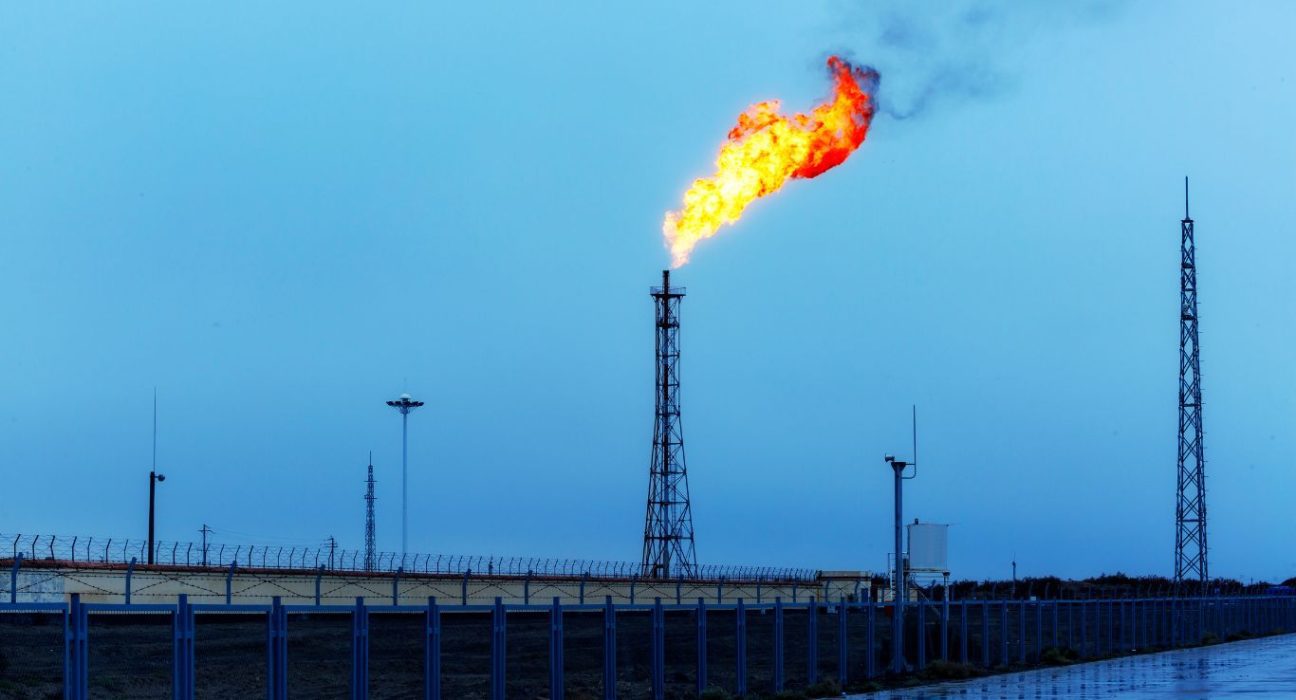Natural gas prices witnessed a steady increase for the fourth consecutive trading session on Monday. However, this surge in prices has raised concerns among market participants due to shrinking open interest and volume. While the recent upward trend suggests a probable corrective knee-jerk reaction, the overall market sentiment remains cautiously optimistic.
Several factors have contributed to the recent rise in natural gas prices. Growing demand for natural gas in various sectors, including residential, industrial, and power generation, has played a significant role. Additionally, supply disruptions, both domestically and internationally, have further tightened the natural gas market, leading to price appreciation.
Despite the continuous price surge, market observers have noted a decline in open interest and volume. This reduction suggests that fewer participants are actively engaging in natural gas futures trading. While this situation may open the door to a potential correction, it is important to analyze the broader market dynamics to gauge the sustainability of the price increase.
Market analysts suggest that a corrective knee-jerk reaction might be on the horizon due to the shrinking open interest and volume. This scenario indicates a lack of sustained buying interest, which could lead to a temporary pullback in prices. However, it is essential to monitor the market closely to determine the magnitude and duration of such a correction.
While a short-term correction is anticipated, a more significant bullish move is expected in the natural gas market. Analysts point out that this bullish momentum could face a substantial barrier around the March top, which hovers just above the $3.00 mark per MMBtu. Overcoming this resistance level will be crucial to sustaining the upward trajectory and setting the stage for further price appreciation.
Several factors will influence the future trends of natural gas prices. The ongoing shift towards cleaner energy sources, such as renewables, may impact long-term natural gas demand. Additionally, geopolitical events, weather patterns, and storage levels will continue to play a vital role in determining price movements. Traders and investors should closely monitor these factors to make informed decisions.
Given the inherent volatility in energy markets, market participants seek ways to manage risks associated with natural gas price fluctuations. Hedging strategies, including futures contracts, options, and swaps, can provide protection against adverse price movements. Furthermore, diversifying energy portfolios and staying informed about market fundamentals can help mitigate potential risks and optimize investment outcomes.
While short-term price movements are subject to various market dynamics, the long-term outlook for natural gas remains influenced by evolving energy transition policies and global demand patterns. As the world strives for a greener future, the natural gas industry faces both challenges and opportunities. Achieving market stability and sustainable growth will require balancing environmental concerns with the need for reliable energy sources.
In conclusion, natural gas prices have experienced a steady rise over the past four trading sessions. However, the shrinking open interest and volume raise concerns about a potential corrective knee-jerk reaction. Market participants should closely monitor these developments while considering the broader market dynamics. Overcoming the resistance level around the March top will be critical for sustaining a bullish momentum. Moreover, long-term trends in natural gas prices will be influenced by factors such as energy transition policies and global demand patterns. By adopting appropriate risk management strategies and staying informed about market fundamentals, investors can navigate the inherent volatility and contribute to a more stable natural gas market.










